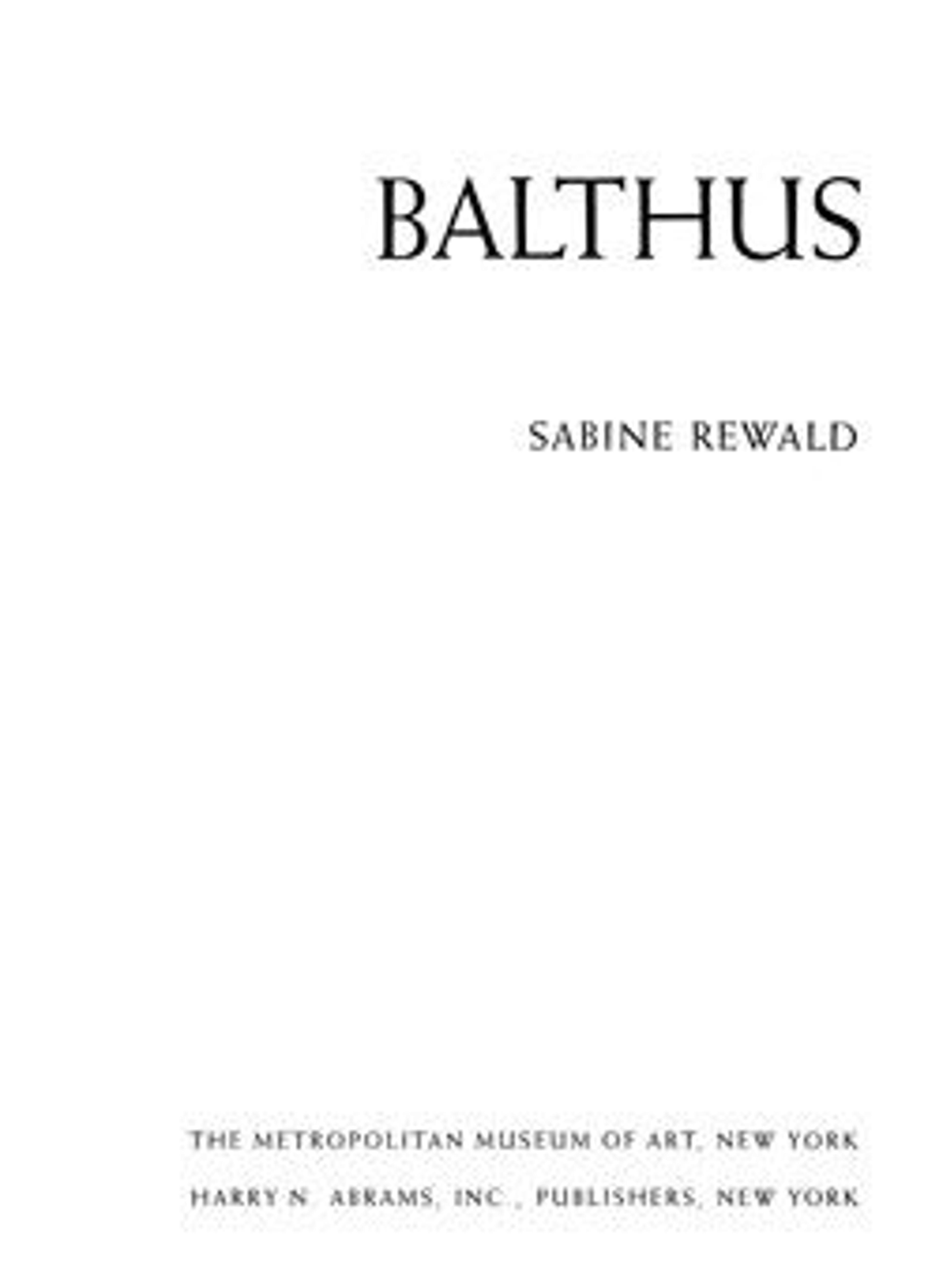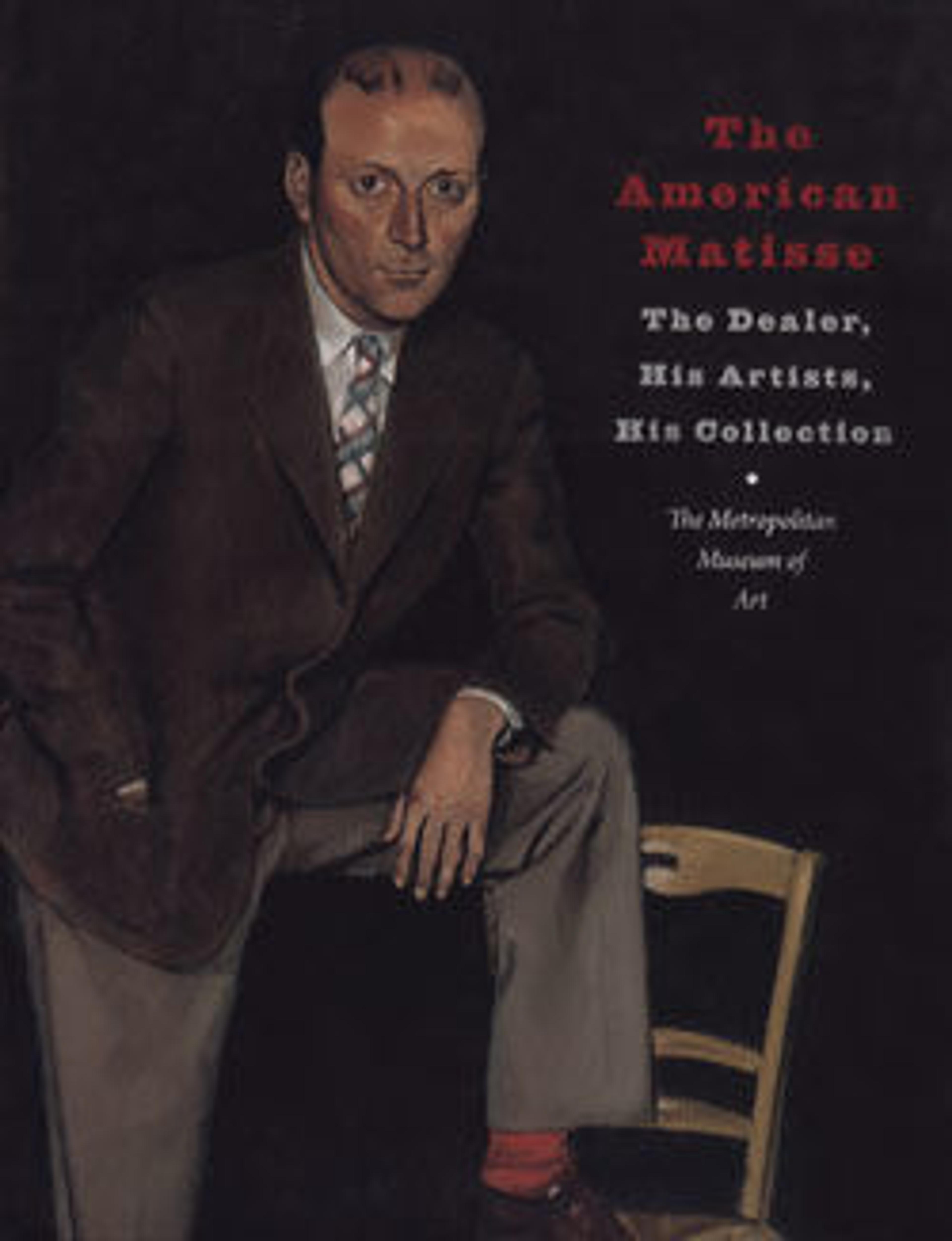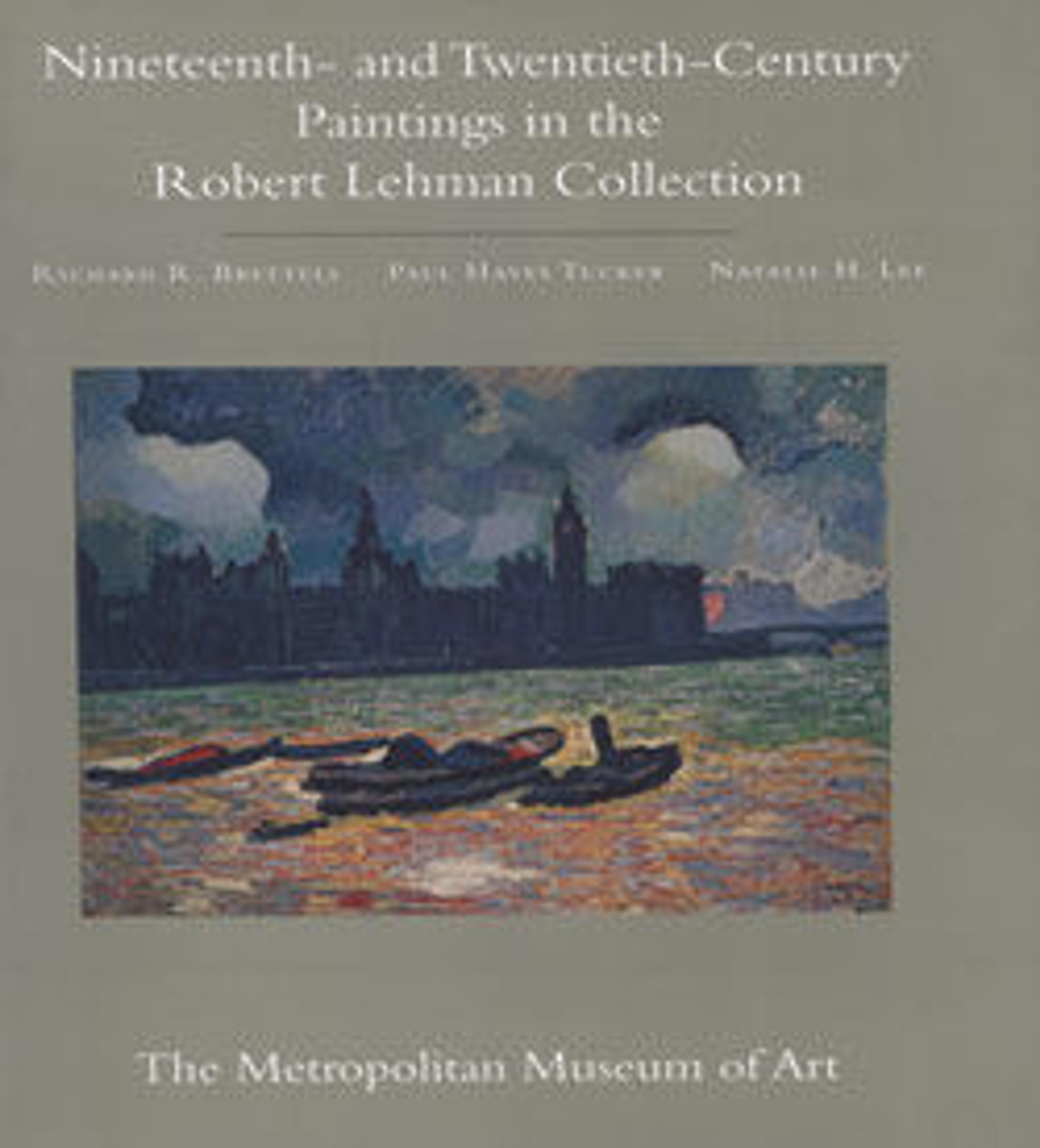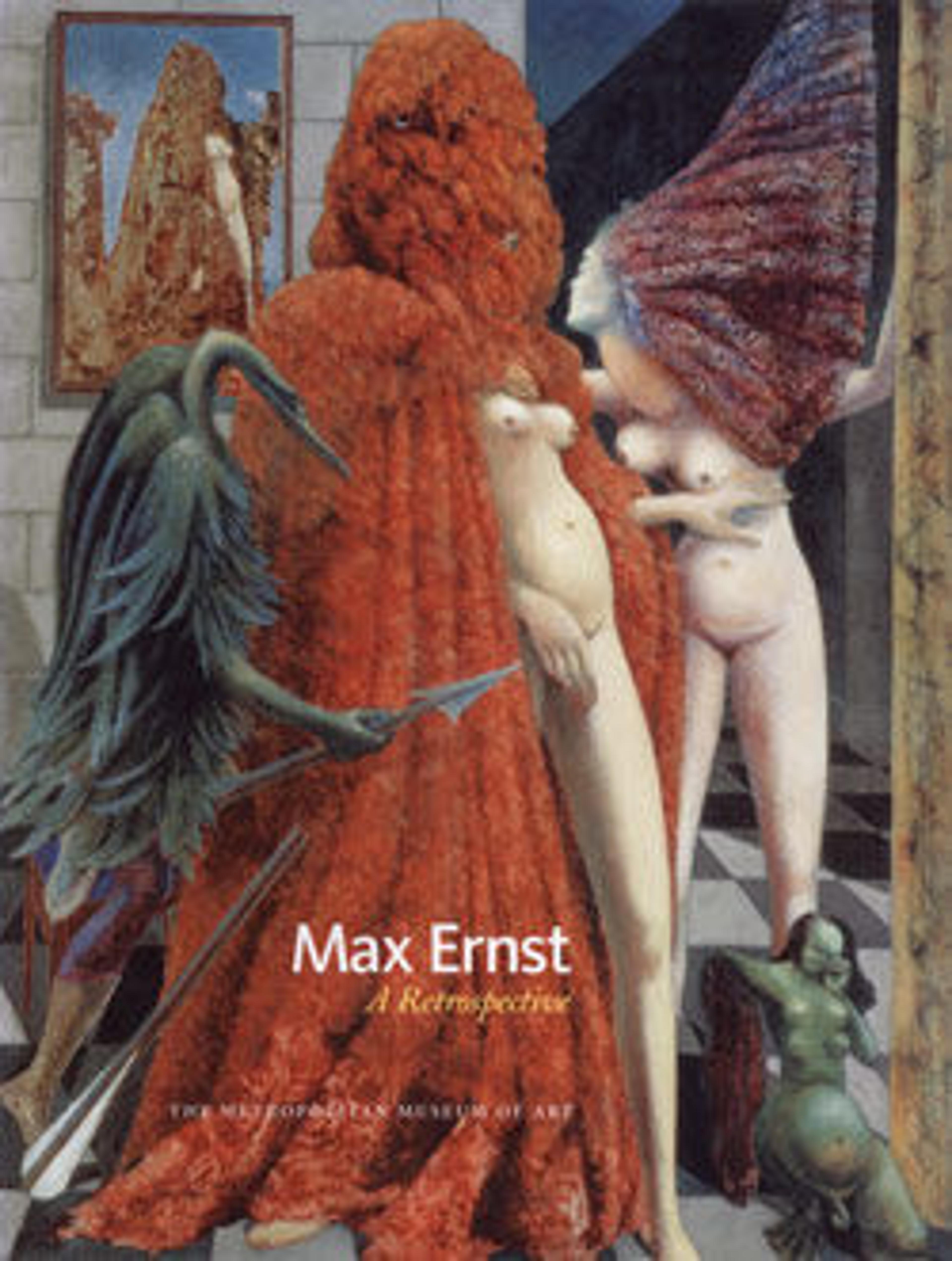Balthus
The paintings of Balthus abound in paradoxes and are likely to challenge any effort to situate his style and interpret his work. In the retrospective exhibition that accompanies this publication we find that these paradoxes are not illusory—they are an integral part of the artist's expressive, often disquieting power.
To an uncommon degree Balthus is a painter both of our time and of eras past. He has used traditional compositions to enter a haunted realm. His pictorial language is highly disciplined, evocative of Piero della Francesca and of Poussin, and there is a profound poetry in the matière. But there often is in addition a quality of fierceness that jolts us from tradition and into a chimerical world. No other figurative artist of our century has expressed himself at such an intense level of consciousness, and few have plumbed so deeply the mysteries of the subconscious imagination.
Somewhat like Sassetta in his own time, Balthus stands apart from contemporaneous artistic movements. This deliberate aloofness contributes to the poignancy of his still interiors, solitary figures, and strictly ordered street scenes and landscapes. He is very much an enigma. His oeuvre is a quintessential expression of our age, yet it resists categorization. Indeed, the achievement of Balthus commands its own chapter in the history of twentieth-century art.
It is entirely appropriate that The Metropolitan Museum of Art present a Balthus retrospective. Two of his most important works reside here—Nude in Front of a Mantel, painted in 1955, and The Mountain, the recently acquired monumental landscape of 1937. Balthus's paintings are especially suited to an environment that evokes a vital component in their parturition: the contemplation of the Old Masters. During his youth Balthus studied the art of the past in the Louvre and in Italy and later the work of more recent masters such as Courbet; had he lived in New York, one would like to imagine that the Metropolitan would have been his world.
Met Art in Publication
You May Also Like
Press the down key to skip to the last item.
Citation
Rewald, Sabine, and Balthus. 1984. Balthus. New York: Metropolitan Museum of Art : H.N. Abrams.





